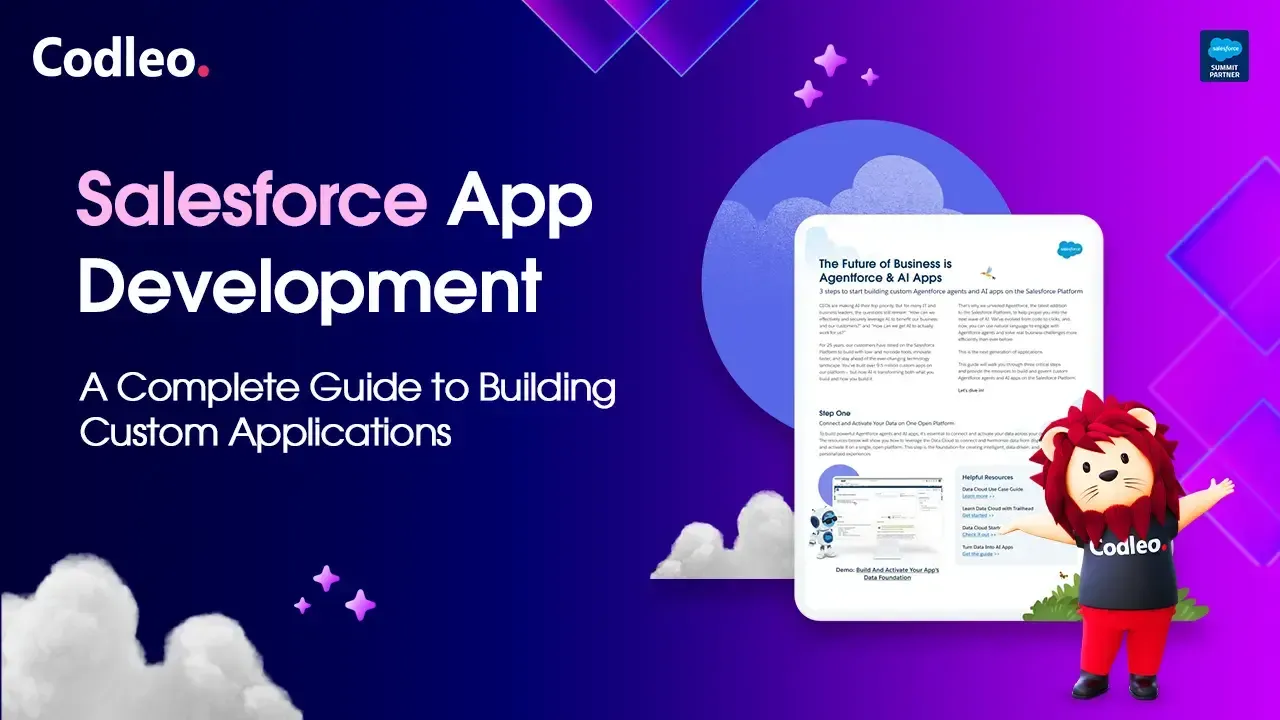Publish date:
API is an acronym for application programming interface, and it's a software medium that enables two apps to engage with each other. In brief, an API is the courier that delivers a user’s request to the provider and vice versa. MuleSoft's API Gateway is an important component of the MuleSoft Anypoint Platform that deals with handling, securing, and reviewing APIs.
Listed below are the ways to scale Mulesoft APIs as per Salesforce Partners:
1. Horizontal Scaling:
-
Users may think of deploying the MuleSoft apps via multiple instances or nodes to spread the load horizontally.
-
Use load balancing methods to spread the incoming API requests equally among the nodes.
2. API Gateway Caching:
-
Deploy caching at the API Gateway level to park & recover frequently used information, minimising the pressure on backend systems.
3. Threading and Concurrency:
-
Prepare the MuleSoft applications to deal with many requests simultaneously.
-
Configure the amount of threads & connection pools based on the proposed burden.
4. Resource Pooling:
-
Leverage connection pooling for resources like databases, HTTP connections, and varied external systems to smartly handle resources & connections.
5. Auto-Scaling:
-
Establish auto-scaling mechanisms to dynamically modify the volume of instances derived on the present workload say Salesforce Partners.
-
Cloud-based implementation platforms mostly have auto-scaling features.
6. Reviewing & Analytics:
-
Deploy monitoring & analytics to measure API usage, performance, and mistakes.
-
Leverage tools such as Anypoint Monitoring to get visibility into the health & performance of the APIs.
7. Circuit Breaker Pattern:
-
Deploy the Circuit Breaker pattern to stop one failing component from impacting the entire system confirms Salesforce Partners.
-
Configure error management and retries smartly
8. Rate Limiting:
-
Implement rate limiting to manage the volume of requests a customer can make within a particular time duration. This enables the lowering of misuse & makes sure that there is just usage of the available resources.
9. Content Delivery Networks (CDNs):
-
Use CDNs to cache & serve static assets, lowering the pressure on the MuleSoft infrastructure. CDNs can enhance reply times by providing content from edge locations nearer to users.
10. Improve Data Transformation:
-
Improve data transformation operations to guarantee smart processing of requests.
-
DataWeave transformations may be used as per need and for optimising questions.
11. Health Checks:
-
Undertake regular health checks to measure the state of the MuleSoft instances request Salesforce Partners.
-
Load balancers leverage health check results to direct traffic to robust nodes.
12. Scalability Testing:
-
Undertake scalability testing to highlight the ultimate capacity the MuleSoft apps can manage.
-
Utilise testing tools to mimic different grades of concurrent users & traffic suggest Salesforce Partners.















